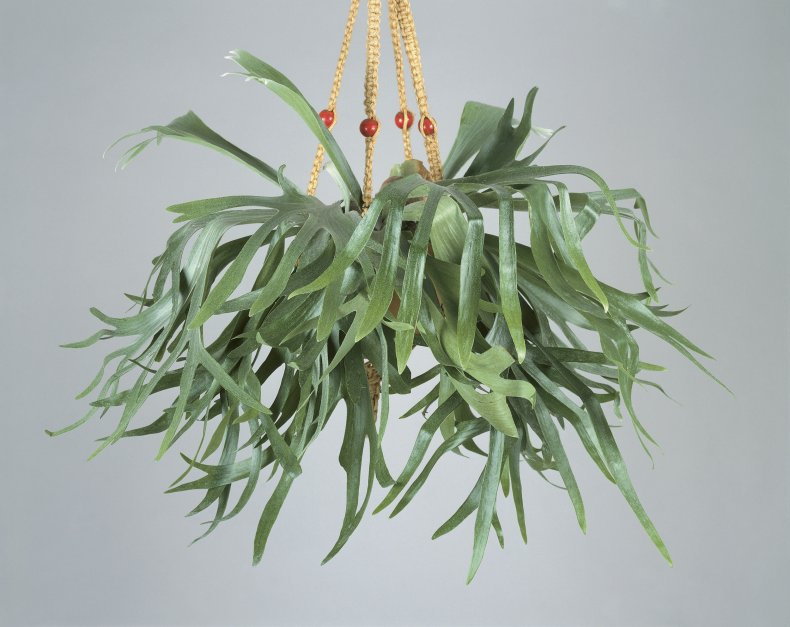Indoor Plants for Air Purifying and Low Maintenance Care
Air purifying indoor plants not only help create a pleasant atmosphere inside any home, but they can also remove chemicals from the air and may just lift your mood—and many require barely any maintenance at all.
In fact, a NASA study revealed that a handful of familiar house plants can remove harmful toxic chemicals from the air by absorbing the pollutants into their leaves, roots and soil through a process called phytoremediation.
"Houseplants ... have demonstrated the potential for improving indoor air quality by removing trace organic pollutants from the air," the Clean Air Study published by the agency found.
We've taken a look at common pollutants and summarized the best air purifying indoor plants for air purification and low-maintenance care below.
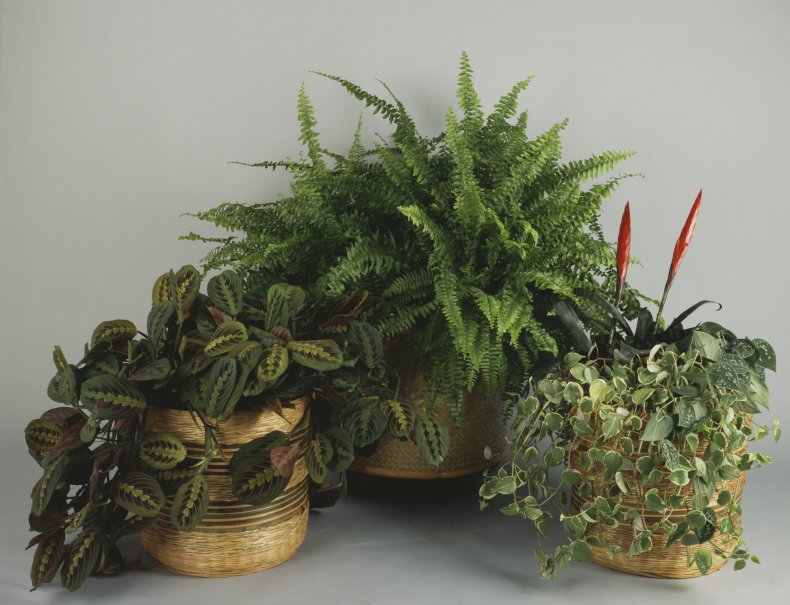
Air Pollutants
The principle chemicals found throughout American homes that indoor plants may help absorb and take away from the air include benzene, formaldehyde and trichloroethylene, according to findings of the NASA scientists.
Benzene is used in the manufacture of detergents and is present in inks, oils, paints plastics and rubber. The chemical has been shown to be "mutagenic to bacterial cell cultures." It has shown "carcinogenicity" in some tests and chronic exposure to even low levels can cause headaches, loss of appetite, drowsiness, nervousness, psychological disturbances and diseases of the blood system, including anemia and bone-marrow disease, according to data obtained by NASA.
Formaldehyde is "found in virtually all indoor environments," the researchers found. Major sources include household cleaning agents, urea-formaldehyde foam insulation (UFFI) and particle board or pressed-wood products. UF resins are used as water repellants, fire retardants and adhesive binders in floor covering, carpet backing and permanent-press clothes. Exposure to this chemical can irritate the upper respiratory tract and eyes and cause headaches.
Trichloroethylene (TCE) is a widely used commercial product found in paints, lacquers, varnishes and adhesives. In the home, it can be found in cleaning wipes, aerosol products and carpet cleaners. The National Cancer Institute considers it a potent liver and kidney carcinogen.
Mother-in-Law's Tongue
This hardy yellow-tipped succulent can grow up to two meters in height. There's little risk of neglecting this plant as they thrive in dry conditions and prefer not to be overwatered, according to most gardening guides.
Some believe the plant has a unique ability to convert CO2 (carbon dioxide) to O2 (oxygen) at night because of its ability to perform a type of photosynthesis called Crassulacean Acid Metabolism (CAM).
Kamal Meattle, an environmental activist and CEO of the Paharpur Business Centre in New Delhi, India, initially made the claim in his 2009 Ted talk 'How To Grow Fresh Air,' suggesting home-owners need six-eight waist-high plants per person in order to notice any benefits.
"Mother-in-law's tongue is the most effective for use indoors to convert CO2 into Oxygen," Meattle told Newsweek. "It absorbs toxins such as Nitrogen Oxides and Formaldehyde."
Describing the CAM photosynthesis process, Meattle said the plant developed a unique carbon fixation pathway as an adaptation to arid conditions.
"In a plant using full CAM, the stomata in the leaves remain shut during the day to reduce evapotranspiration, but open at night to collect carbon dioxide," he explained.
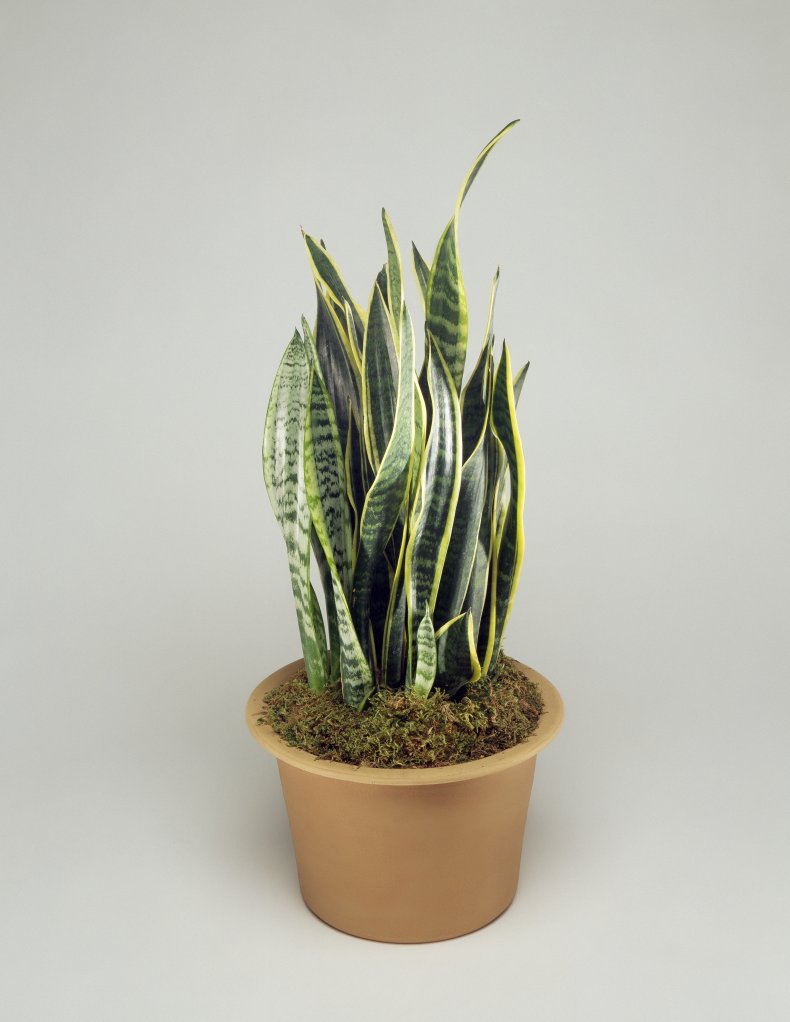
Aloe Vera
Even a gardening novice will find the aloe vera plant extremely easy to maintain in the home. The succulent is believed to help purify the air of formaldehyde and benzene.
It also provides great herbal healing benefits for any at-home remedies due to its natural anti-inflammatory properties, multiple studies suggest.
All that's needed to keep this plant alive and thriving is bright, indirect light and a good watering every two weeks, Good Housekeeping advises.
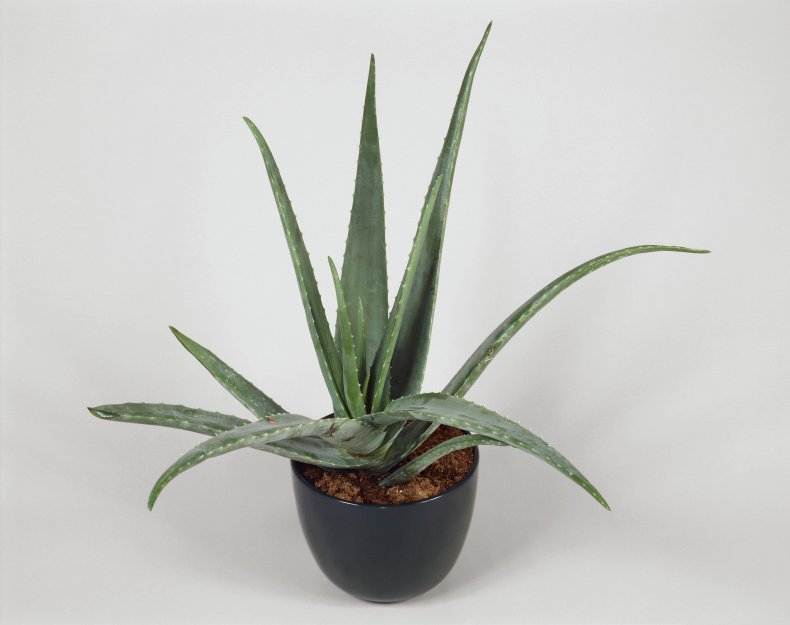
Barberton Daisy
The Barberton daisy is an effective cleanser of formaldehyde, trichloroethylene and benzene, the two-year NASA study revealed. The flower's beautiful orange, red and yellow petals also make a colorful addition to any home.
Although this daisy prefers warmer climates and direct sunlight, it's versatile and can adapt to a variety of conditions.
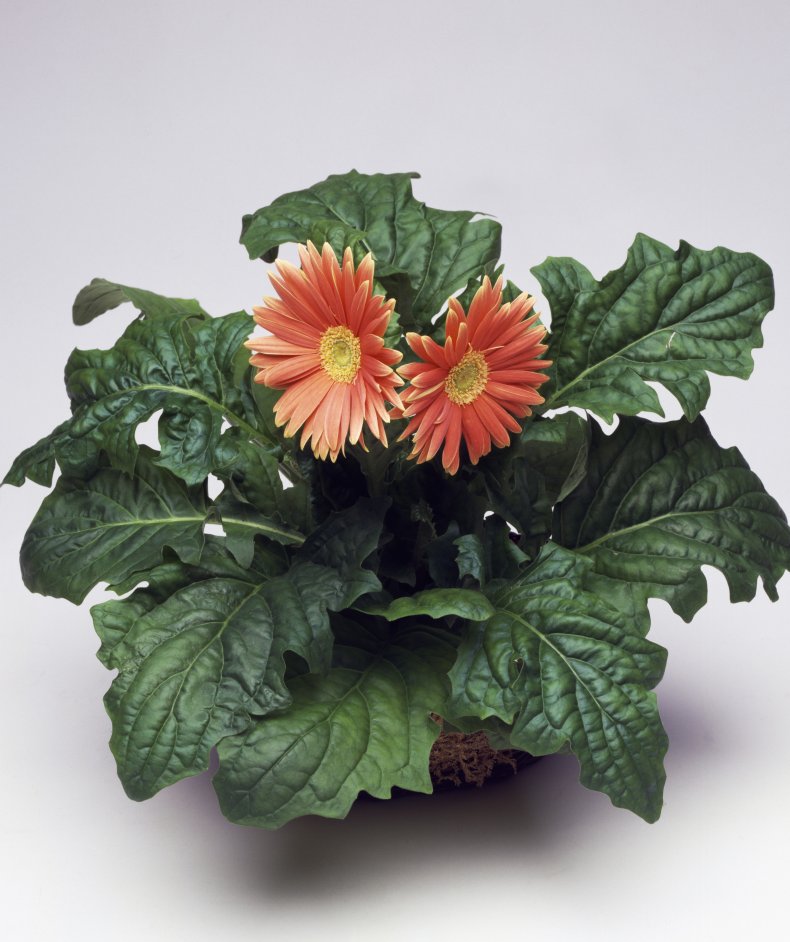
English Ivy
This easy-growing plant is believed to be particularly effective at reducing airborne fecal particles and helping to combat mould levels. For these reasons, it makes a smart addition to a bathroom, Country Living suggests.
According to the NASA study, English Ivy was one of the top performing indoor houseplants when it comes to air purification.
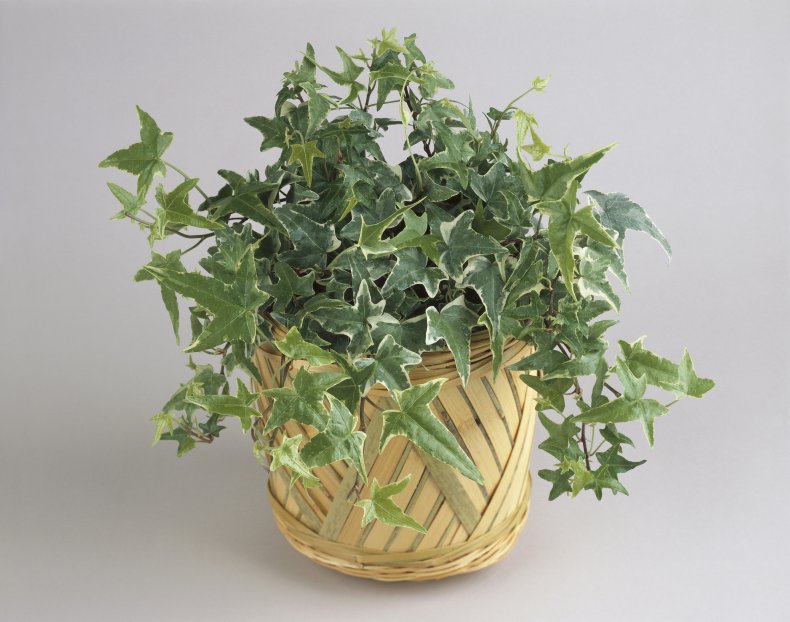
Peace Lily
A popular choice for many office lobbies, the peace lily is both pretty and practical and one of the few flowering house plants. It is also a good choice for low-light spaces because it can thrive in shade and will even let you know when they need water by drooping slightly, Urban Agriculturist Bonnie Grant wrote in Gardening Know How.
The plant can break down and neutralize toxic gases like carbon monoxide and formaldehyde. However, it can be mildly toxic to pets, so it's best to keep it out of their reach, American Kennel Club Chief Veterinary expert, Dr. Jerry Klein, told Newsweek.
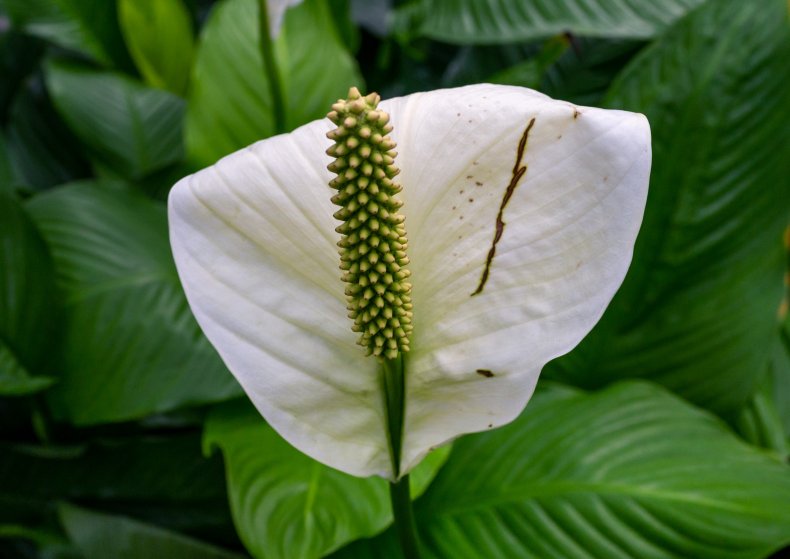
Boston Fern
This popular plant is from the fern variety, which contains some of the oldest plants in the world and has been thriving for 300 million years in a diverse array of different environments. Worldwide, the American Fern Society estimates there are about 12,000 species of ferns.
Most of them are adapted to the dappled sunlight of the forest floor so they require filtered light to thrive. The Boston fern has been grown as an elegant house plant since Victorian times, according to Better Homes and Gardens.
According to NASA's "Interior Landscape Plants for Indoor Air Pollution Abatement" study, Boston ferns remove more formaldehyde than any other plant.
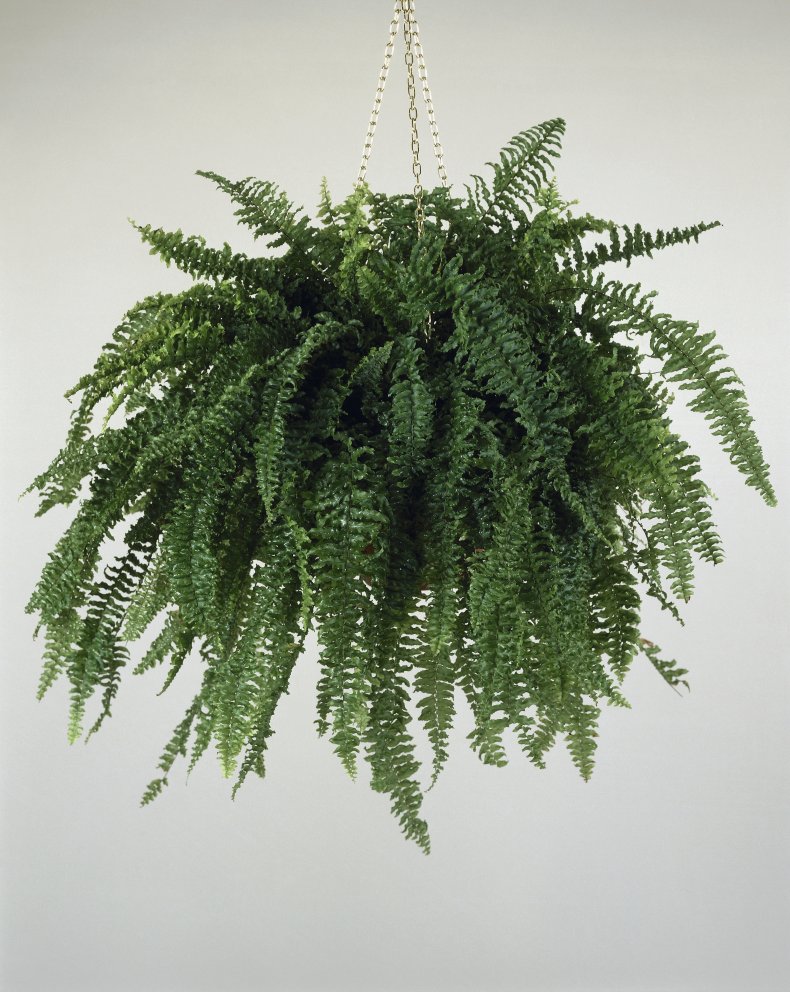
Rubber Plant
This plant not only fits into almost any home aesthetic, it's hardy and low maintenance with large, thick, glossy green leaves. Rubber plants can grow well in most homes with very little care.
Rubber plants need lots of bright, diffused light, but should be moved out of the line of harsh direct sunlight as this can singe the leaves. Plants that do not receive sufficient light will become floppy and dull instead of glossy and vibrant, Jon VanZile, the author of 'Houseplants for a Healthy Home,' wrote on The Spruce.
Monstera
Otherwise known as the Swiss cheese plant due to its distinctive perforated and deeply cut leaves, this popular home addition is incredibly easy to grow, adaptable and able to thrive in most climates.
Give this plant enough room to grow as it naturally scales large trees by attaching itself with long aerial roots. A single vine can reach more than 70 ft in length, according to the National Tropical Botanical Garden.
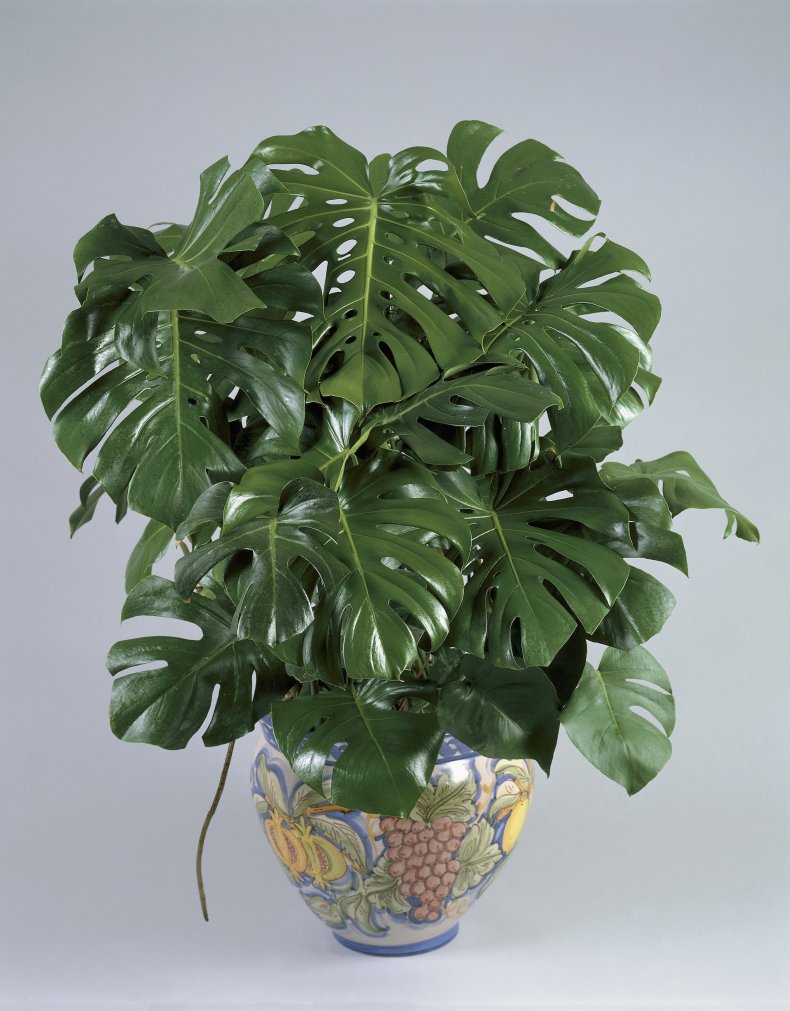
There's a lot to love about indoor plants and the benefits are only just starting to emerge in scientific literature.
Horticulturist Marc Hachadourian, the director of the Nolen Greenhouses at the New York Botanical Garden, believes plants benefit people's physical and mental health.
"There is actually a lot of scientific evidence that adding plants to any workspace or living environment actually does help to reduce stress," Hachadourian told Business Insider. "There are obviously therapeutic effects of caring for plants and gardening has been shown to decrease blood pressure and reduce stress, so the benefits go beyond [...] helping to clean the air and add oxygen."
Can plants really clean the air? Bill C. Wolverton, one of the original NASA researchers certainly believes so.
In his 2010 book, 'Plants: Why You Can't Live Without Them,' the researcher details the ways in which plants can positively affect human health and well-being. "Just being in close proximity to plants can ease stress, relax and speed healing of the body," he wrote.
